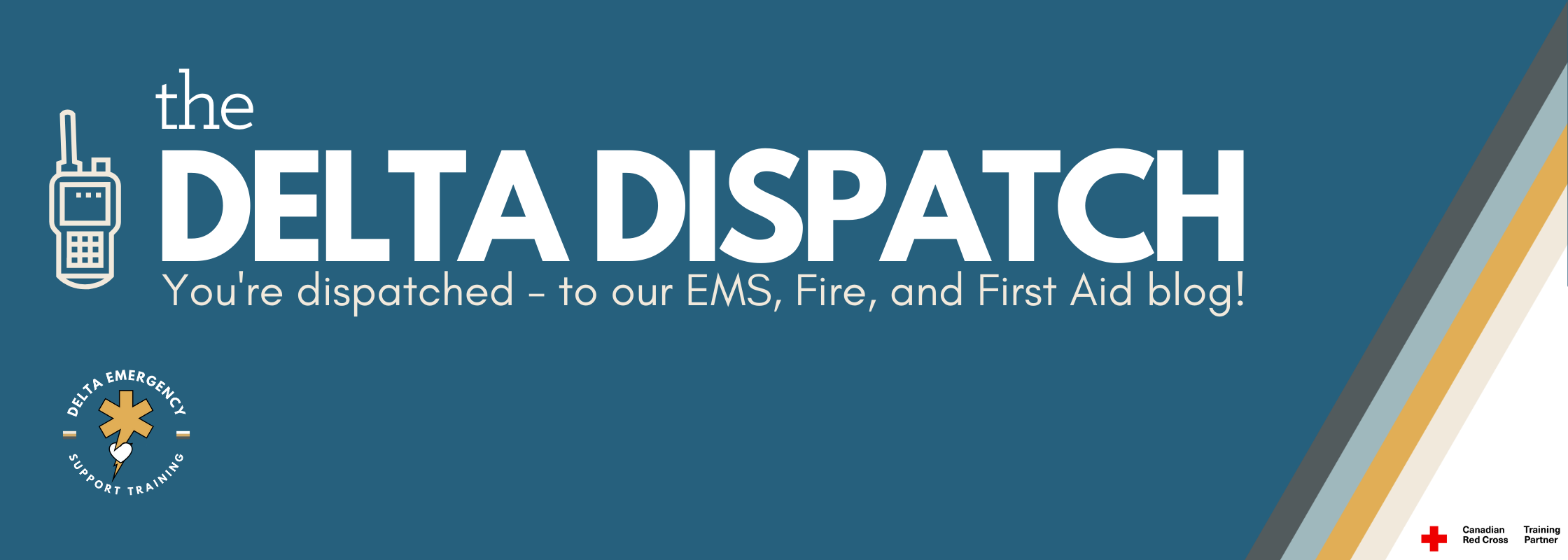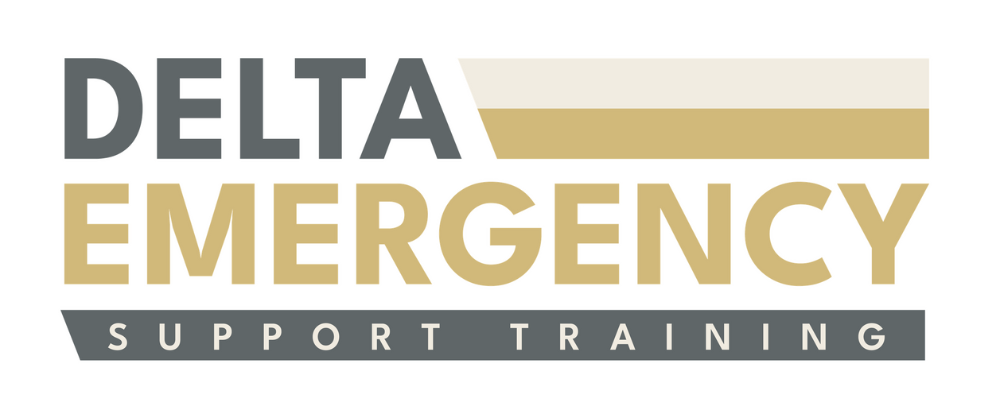How the Heart Works: A Detailed Look at Cardiac Anatomy and Physiology
/The human heart is a muscular organ that lies at the core of the circulatory system. Roughly the size of a clenched fist, it’s responsible for pumping blood throughout the body, supplying oxygen and nutrients while removing carbon dioxide and metabolic waste. For emergency medical responders (EMRs), understanding the anatomy and physiology of the heart is essential for recognizing life-threatening conditions and initiating appropriate interventions.
🫀 Anatomy of the Heart: A Chambered Pump
The heart is divided into four chambers — two upper atria and two lower ventricles.
1. Right Atrium
This chamber receives deoxygenated blood from the body through the superior and inferior vena cava. It acts as a holding tank before pushing the blood through the tricuspid valve into the right ventricle.
2. Right Ventricle
The right ventricle pumps deoxygenated blood through the pulmonary valve into the pulmonary arteries and onward to the lungs, where gas exchange occurs (oxygen in, carbon dioxide out).
3. Left Atrium
After oxygenation in the lungs, blood returns to the heart via the pulmonary veins, entering the left atrium. It then moves through the mitral (bicuspid) valve into the left ventricle.
4. Left Ventricle
The left ventricle is the strongest chamber, as it must pump oxygen-rich blood to the entire body via the aortic valveand aorta. Its thick muscular wall is adapted for high-pressure output.
🧩 The Valves: One-Way Gates of Flow
Valves maintain unidirectional blood flow, preventing backflow and ensuring efficient circulation.
Tricuspid valve: Between right atrium and right ventricle.
Pulmonary valve: Between right ventricle and pulmonary artery.
Mitral (bicuspid) valve: Between left atrium and left ventricle.
Aortic valve: Between left ventricle and aorta.
These valves open and close in response to pressure changes within the heart chambers.
🔄 The Cardiac Cycle: How the Heart Beats
Each heartbeat consists of two phases:
Systole: Contraction phase — ventricles contract, pushing blood out.
Diastole: Relaxation phase — heart fills with blood from the atria.
The cardiac conduction system coordinates this rhythm:
Sinoatrial (SA) node: The “natural pacemaker” that initiates electrical impulses.
Atrioventricular (AV) node: Delays the signal slightly to allow the atria to fully contract.
Bundle of His and Purkinje fibers: Distribute the impulse through the ventricles, causing contraction.
This electrical activity is what we see on an ECG (electrocardiogram), often used in the field to assess heart rhythm and function.
🫁 Heart and Lungs: Partners in Circulation
The heart and lungs work in a dual circuit:
Pulmonary circulation (right heart): Sends blood to the lungs to pick up oxygen.
Systemic circulation (left heart): Sends oxygenated blood to tissues throughout the body.
A disruption in either circuit — like a pulmonary embolism, heart failure, or myocardial infarction — can be life-threatening and requires prompt assessment and care.
🚑 Why This Matters for EMRs
For EMRs and other frontline providers:
Recognizing signs of poor perfusion (e.g., pale skin, weak pulses, altered mental status) relies on understanding heart function.
Administering oxygen, performing CPR, or using an AED involves direct intervention in cardiac physiology.
Conditions like shock, arrhythmias, and cardiac arrest are rooted in cardiac anatomy and function.
A firm grasp of how the heart works can help EMRs make informed, confident decisions in critical situations.
✅ Key Takeaways
The heart has four chambers: right and left atria, and right and left ventricles.
Four valves control one-way blood flow: tricuspid, pulmonary, mitral, and aortic.
The cardiac cycle consists of systole (contraction) and diastole (filling).
Electrical impulses coordinate heartbeats and can be monitored via ECG.
EMRs must recognize cardiac signs and symptoms to respond effectively in emergencies.




